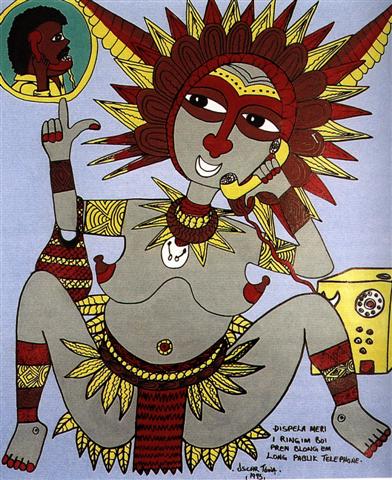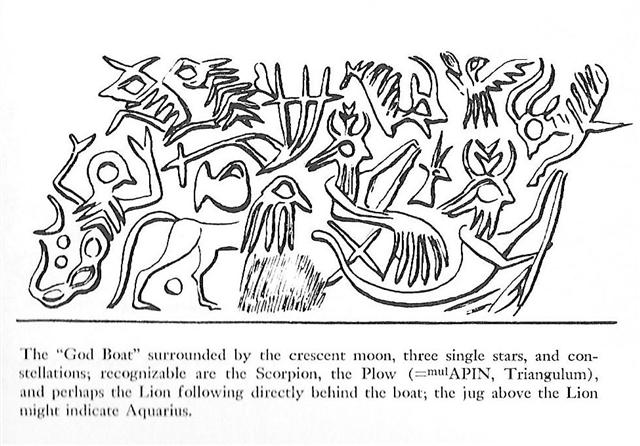473. Let's see how this idea fits with our data, so far gathered from the C text:
The first koti glyph corresponds to right ascension day *63 at Hyadum I (γ Tauri):
We can here see the origin of the phase of expansion - the separating of the 'canoe hulls' of the parents achieved by Tane surely was at the star γ Tauri. ... They were Ranginui, the Sky Father, and Papatuanuku, the Earth Mother, both sealed together in a close embrace. Crushed between the weight of their bodies were their many children, whose oppression deepened. They yearned to be free; they fought their parents and each other to break loose. Tuumatauenga, virile god of war, thrust and shouted; Tangaroa of the oceans whirled and surged; Tawhirirangimaatea, Haumiatiketike and Rongomatane, of wild foods and cultivated crops, tried their best but were not successful; and Ruamoko, god of earthquakes, yet to be born, struggled in the confinement of his mother's womb ... Of them all, Taane Mahuta, the god of the forests, was the most determined; he set his sturdy feet upon his father's chest, and braced his upper back and shoulders against the bosom of his mother. He pushed; and they parted. So the world, as the Maori understand it, came into being ...
The 2nd koti on side a of the tablet (ignoring for the moment the special case at *192, Mimosa or β Crucis) was at Cor (α) Serpentis, corresponding to glyph number 8 * 29˝ + 1 = 237:
This, we remember, could have been the birth place of Epimenides, the contemporary of Pythagoras, for according to some he lived to be 157 years:
... The original story was by Diogenes Laertius, an Epicurean philosopher circa early half third century, in his book On the Lives, Opinions, and Sayings of Famous Philosophers. The story is in Chapter ten in his section on the Seven Sages, who were the precursors to the first philosophers. The sage was Epimenides. Apparently Epimenides went to sleep in a cave for fifty-seven years. But unfortunately, 'he became old in as many days as he had slept years'. Although according to the different sources that Diogenes relates, Epimenides lived to be one hundred and fifty-seven years, two hundred and ninety-nine years, or one hundred and fifty-four years. A similar story is told of the Seven Sleepers of Ephesus, Christian saints who fall asleep in a cave while avoiding Roman persecution, and awake more than a century later to find that Christianity has become the religion of the Empire ...
Hevelius has the mouth opening (<) of the Serpent oriented upwards, as if defying the force of gravity which ruled the first half of the year, drawing the ecliptic plane with its rivers downwards. But the force of life pushed back upwards. We could say there was a break between the waters of spring and the season of off-spring.
And this division (koti) seems to have happened just before Tau-ono (the 6 stars of the first half of Pleiades) were at the Full Moon in November 13, i.e. in day 317 = 500 (= 365 + 135) - 183 = 7 * 28 + 11 * 11:
On Hawaii the return of the Pleiades to visibility served as a Sign in the heliacal night sky, approximately 16 days after the close encounter with the Sun and half a year away from the 9 Necks of the (Water) Serpent.
*63 (Hyadum I, γ Tauri) was placed at the last glyph on side b (the back side) of the G tablet, i.e. before the Expansion of the front side (a) was beginning. Similarly koti in Ca9-9 marked the last right ascension day of the dark side, when Mother Earth was still in her close embrace with Father Sky. ... The Mnajdra Temple is located on Malta and very ancient, dating to the time before the pyramids. Marija Gimbutas: 'To sleep within the Goddess's womb was to die and to come to life anew'. In a system of reincarnation the old one must die in order to be reborn, of course. At midsummer Sun comes to a standstill, and this must therefore be an occasion when the 'flame of life' had to be transported into a new body ...
By the way, the Cross formed from the lines between the summer and winter solstices could have been the origin of the Egyptian X and this Sign therefore seems to have represented the time of 'seating' (a female sign):
... The older sister of god and man, La'ila'i, is the firstborn to all the eras of previous creation. By Hawaiian theory, as firstborn La'ila'i is the legitimate heir to creation; while as woman she is uniquely able to transform divine into human life. The issue in her brothers' struggle to possess her is accordingly cosmological in scope and political in form. Described in certain genealogies as twins, the first two brothers are named simply in the chant as Ki'i, a man and Kane, a god. But since Ki'i means image and Kane means man, everything has already been said: the statuses of god and man are reversed by La'ila'i's actions. She 'sits sideways', meaning she takes a second husband, Ki'i, and her children by the man Ki'i are born before her children by the god Kane ...
|
||||||||||||||||||||||||||||||||||||||||||||||||||||||||||||||||||||||||||||||||||||||||||||||||||||||||||||||||||||||||||||||||||||||||||||||||||||||||||||||||||||||||||||||
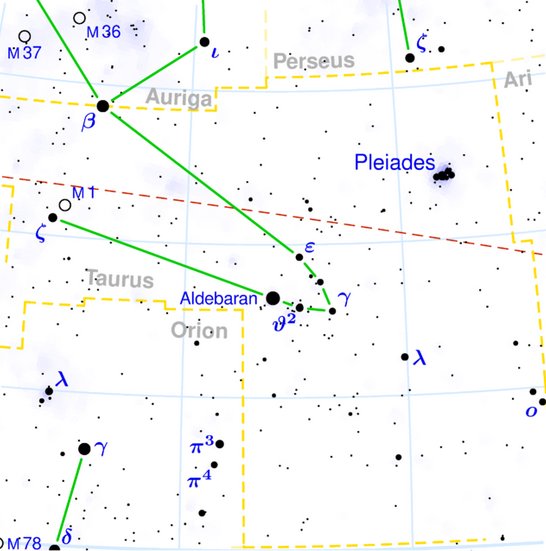


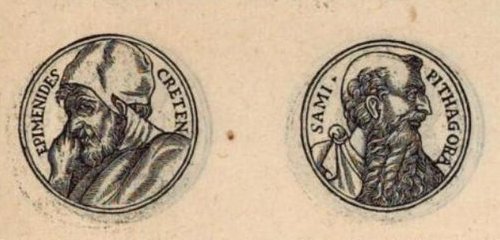
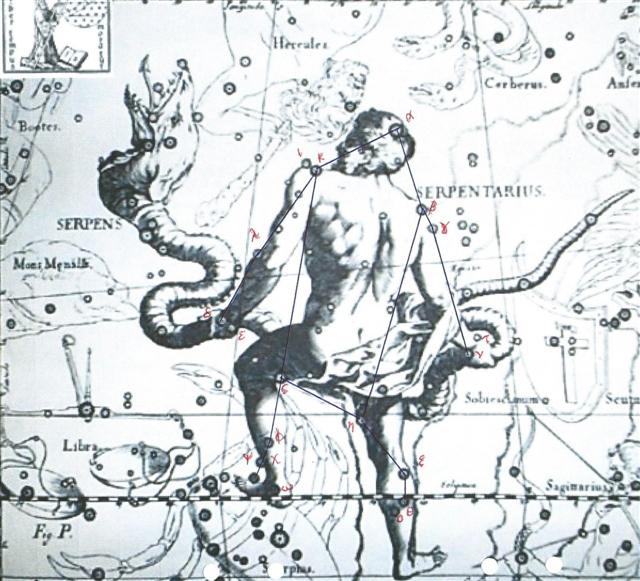






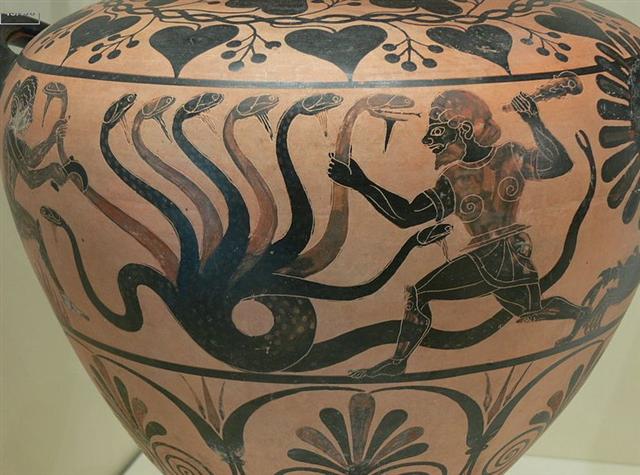

.jpg)

